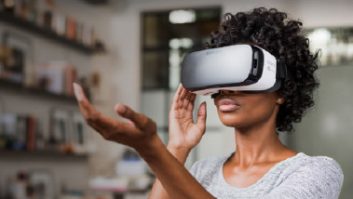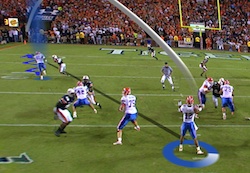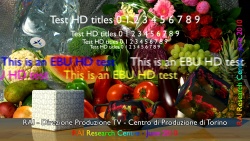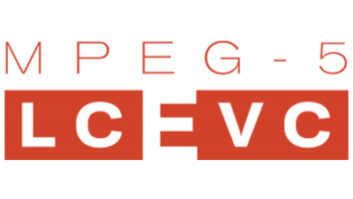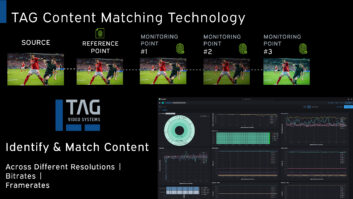
EBU Technical Project Engineer Yvonne Thomas is heading an effort to give public service broadcasters a set of recommendations and guidelines for producing 3D content, writes George Jarrett.
Details of the project were revealed during this year’s IBC, which took place a matter of weeks after Thomas won the ARD/ZDF advancement award for women in technology at IFA Berlin.
First evidence of the work in hand was R135, published in August for EBU membership broadcasters that have already committed to 3D.
“The production guideline will deal with the whole chain, starting with the budgeting,” said Thomas. “This is very important to our membership because it is an additional cost to 2D programming. We are dealing with additional drop roles, the shooting equipment, displays, codecs, and postproduction. The guideline could be an additional document to the R135, which is an exchange format document based on R3299. This covers the HD formats 720p, 1080i/25, 1080i/50 and 1080p/50.
“It is better to store and archive in these formats. It is nonsense to archive any 3D formats in side-by-side or top/bottom because they are two different streams of separate pictures in HD.”
Bigger EBU members want to create 3D content because it lets them offer a different service, and give a fuller experience to the viewer.
“But it is still difficult to transmit 3D and therefore for sure many broadcasters are a bit careful and want to wait until the infrastructure is there,” added Thomas. “So many standards are still required. There is no automation workflow. We need more training and expertise, and the addition of money, which is scary for some broadcasters.”
Thomas’s award was given for her university studies on the subject of evaluation on 3D performance, and user acceptance. So what happens after the feedback from IBC is gathered?
“There may be new requirements to include in the guidelines,” she remarked. “The next steps will be to work on higher frame rates, and on methodology for the subjective evaluation of 3D. Standards are still required. We will need new set-top boxes, which means it is on the consumer side, and no longer only on the broadcast side.”

